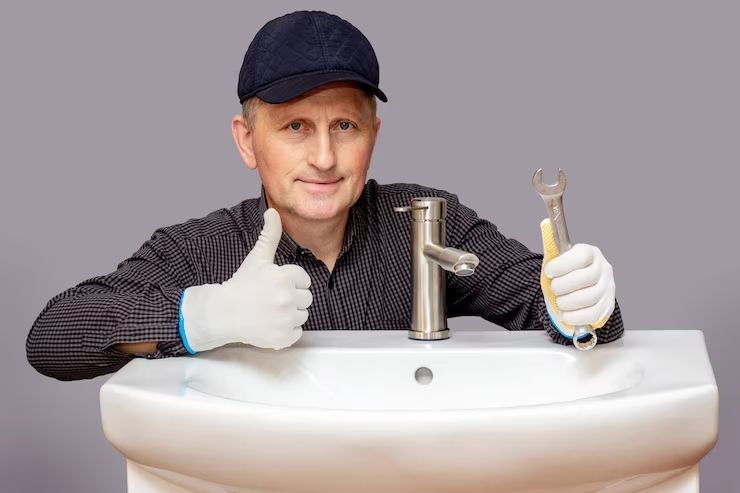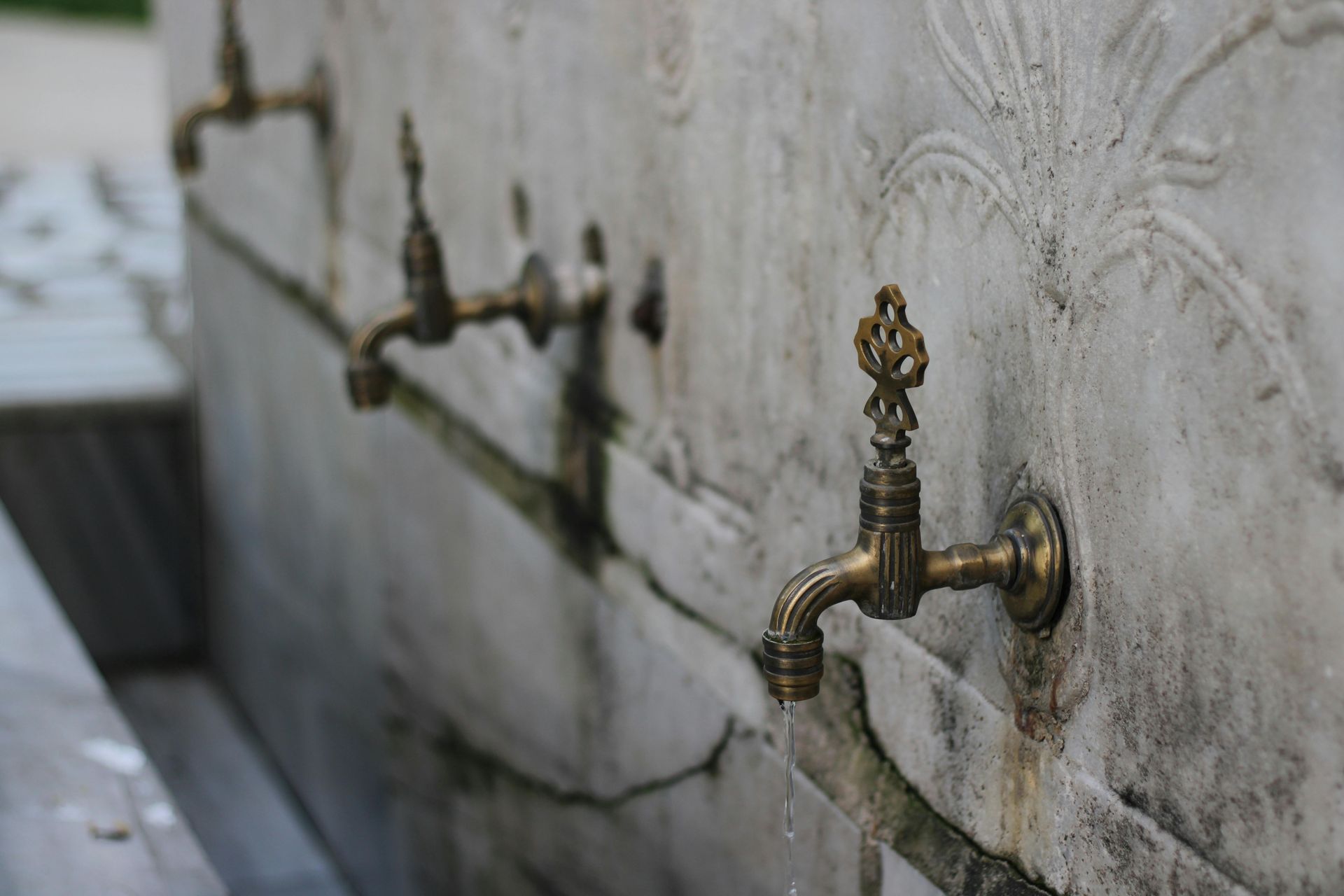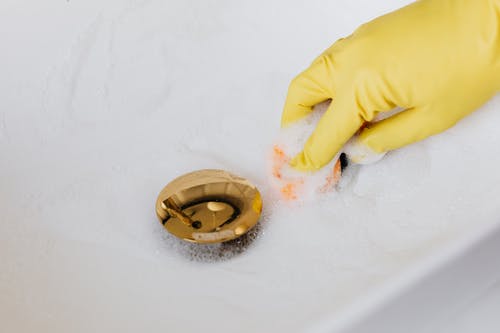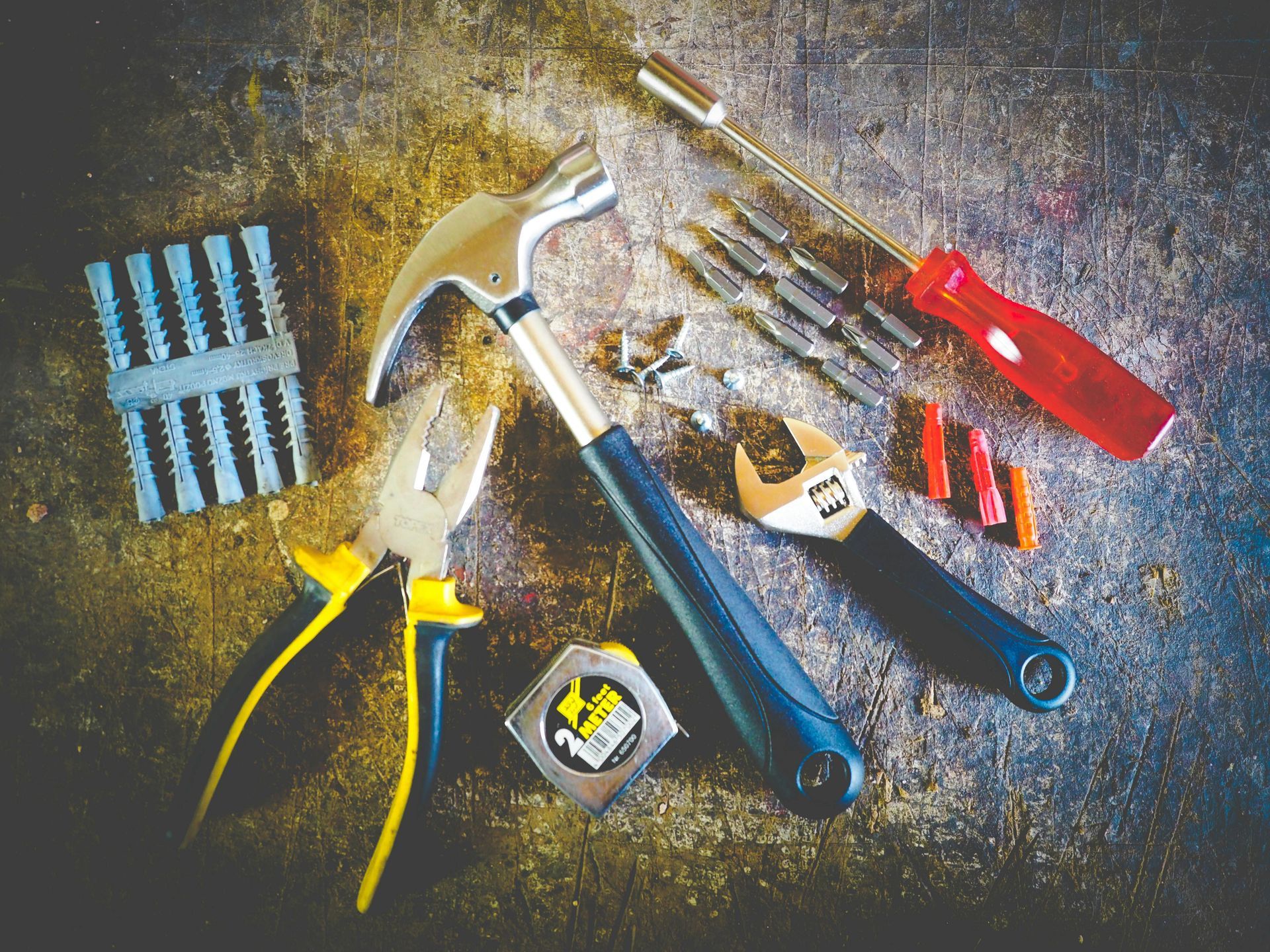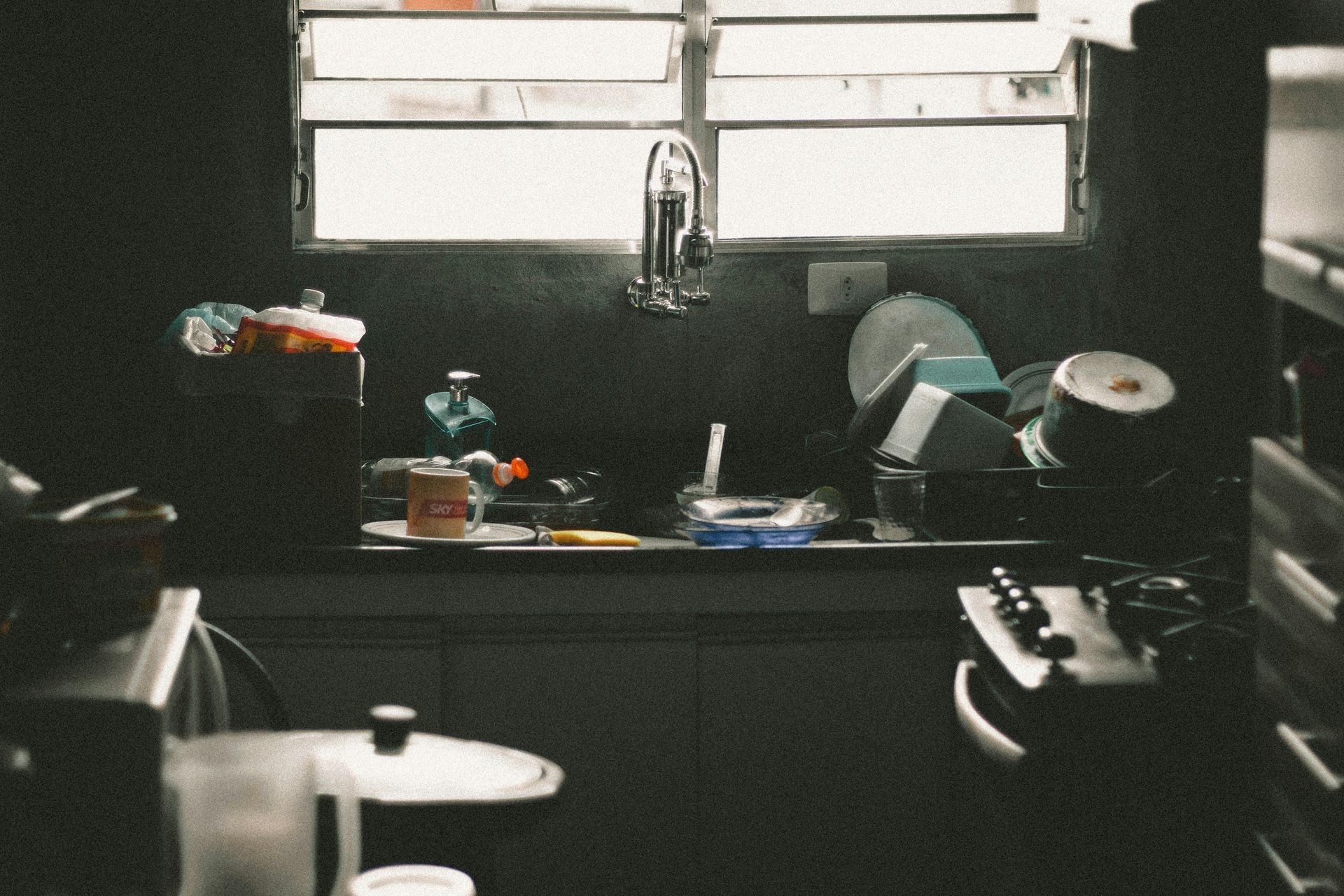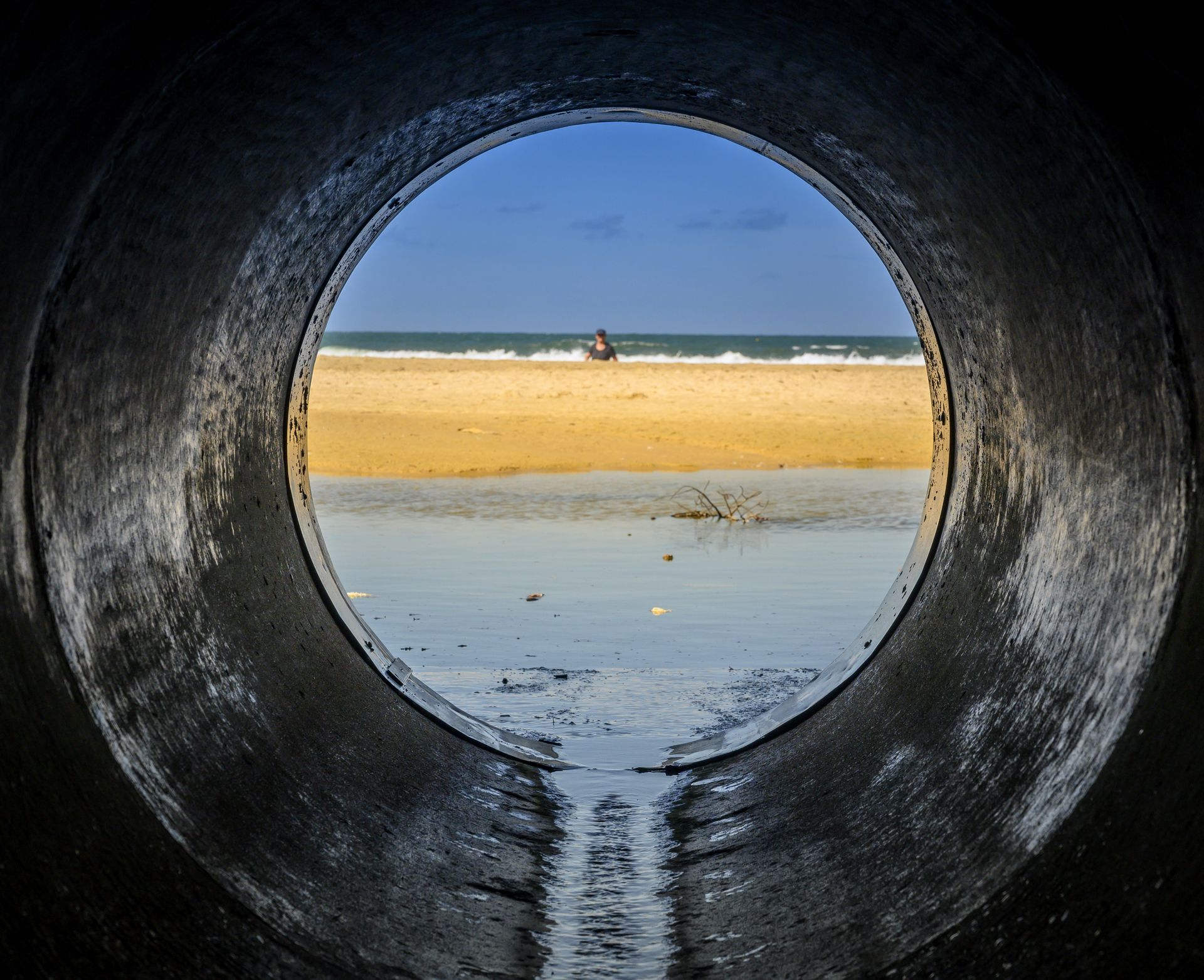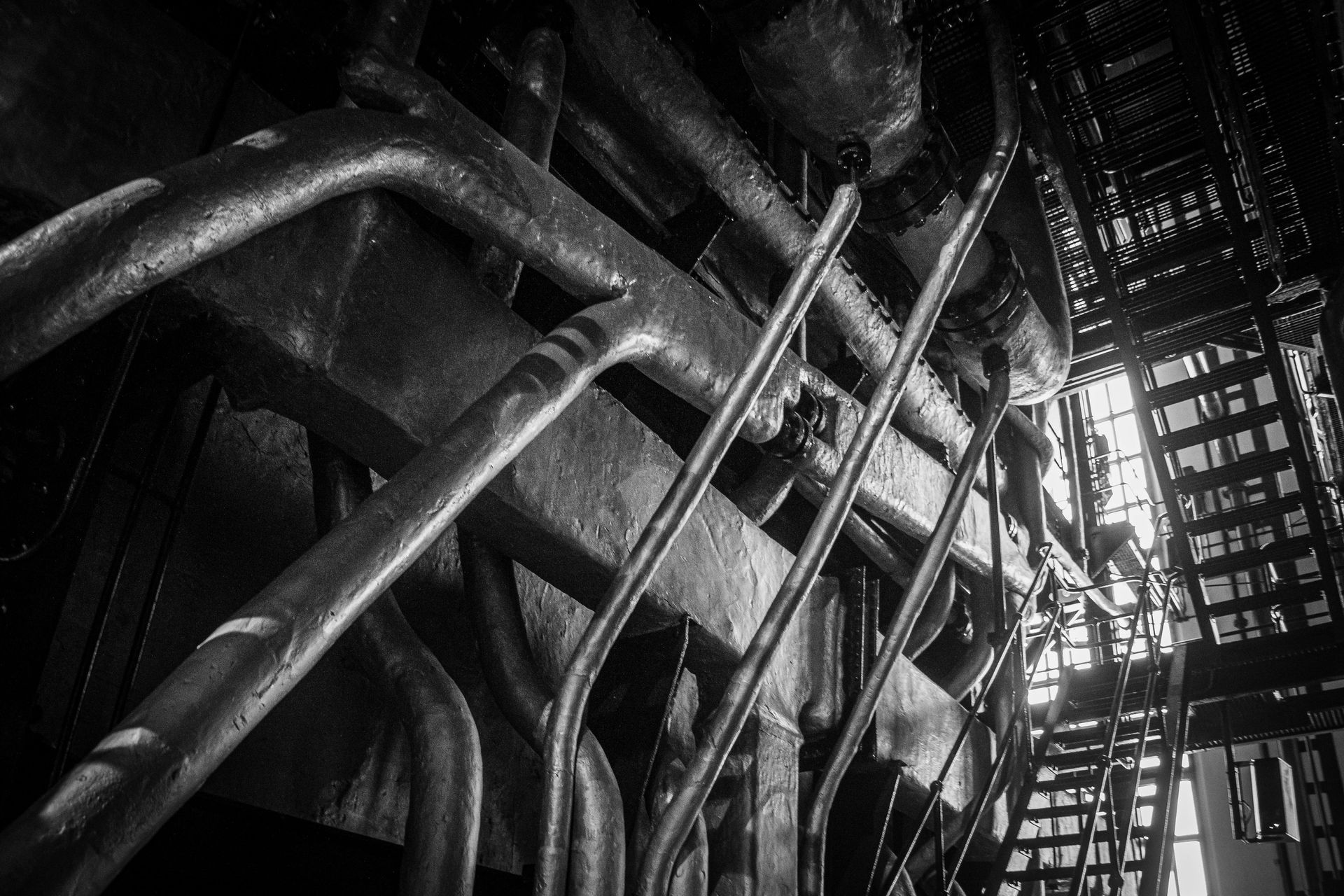What Is an Expansion Tank and Why Do You Need One?
An expansion tank is an essential component of modern plumbing systems designed to maintain proper pressure levels within your home’s water system. Understanding its purpose, how it works, and why you might need one can save you from future plumbing headaches and even extend the lifespan of your system. In this article, we'll explore what an expansion tank is, why it's critical, and how it benefits your plumbing system, all while providing a comprehensive guide to ensure you're making informed decisions for your home.
The Dangers of Ignoring a Clogged Drain
What Is an Expansion Tank?
An expansion tank is a small tank designed to absorb the excess pressure that builds up in a water heating system. The tank contains two main parts: air on one side and water on the other, separated by a diaphragm or bladder. As water heats up in your water heater, it expands, creating increased pressure in your pipes. The expansion tank's role is to absorb this excess pressure and prevent any damage to your pipes, fittings, and water heater.
Key Components of an Expansion Tank:
- Diaphragm or Bladder: This flexible membrane separates the air and water sides.
- Air Valve: Located on the top, this allows the tank to maintain pressure.
- Tank Body: The outer shell that houses the internal components.
Why Is an Expansion Tank Necessary?
Water naturally expands when heated, a phenomenon known as thermal expansion. Without an expansion tank, this increase in pressure has nowhere to go, which can stress your pipes, fixtures, and even your water heater. Over time, this can lead to leaks, cracks, and even pipe bursts.
Here are the main reasons why you need an expansion tank:
- Prevents Pressure Damage: Protects your water heater and pipes from pressure surges.
- Prolongs Equipment Lifespan: Reduces the wear and tear on your water heater and plumbing components.
- Improves Efficiency: Ensures consistent water pressure throughout the house, making your water heating system more efficient.
- Ensures Safety: Protects your home from potential water damage caused by plumbing failures due to excessive pressure.
How Does an Expansion Tank Work?
The water inside your water heater expands as it heats up, increasing the pressure in a closed system. Normally, the excess pressure would push back into the municipal water supply. However, if your home has a backflow prevention device or pressure-reducing valve (PRV), this water cannot escape back into the main supply. The expansion tank provides an outlet for this pressure, allowing the diaphragm inside the tank to compress and absorb the excess pressure, keeping your system balanced and safe.
Do You Need an Expansion Tank?
Not every home requires an expansion tank, but it's highly recommended for those with a closed plumbing system. If you have a backflow prevention device, a pressure-reducing valve, or check valves, an expansion tank is essential to ensure the system functions safely.
Signs You Might Need an Expansion Tank:
- High Water Pressure: If you notice fluctuating or high water pressure, it could indicate a need for an expansion tank.
- Frequent Leaks: Repeated issues with pipe leaks or water heater problems can result from unrelieved pressure.
- Water Heater Issues: If your water heater malfunctions or produces strange noises, it may be due to excess pressure.
Installation: How and Where Is an Expansion Tank Installed?
Installing an expansion tank typically involves connecting it to the cold water inlet line near the water heater. The tank must be properly sized based on the capacity of your water heater and the pressure in your plumbing system. Hiring a professional plumber is advisable to ensure the correct installation and compliance with local plumbing codes.
Sizing Your Expansion Tank
Choosing the right size is crucial. Expansion tanks come in different sizes, typically ranging from 2 to 5 gallons for residential use. The size depends on two main factors:
- Water Heater Size: Larger water heaters need larger expansion tanks.
- Water Pressure: Higher water pressure requires a bigger expansion tank to compensate for the additional force.
If you're unsure about the appropriate size, consult a plumbing professional who can assess your system and recommend the right expansion tank for your home.
Benefits of Installing an Expansion Tank
1. Protects Plumbing Fixtures
Excessive pressure can harm faucets, valves, and other plumbing fixtures. An expansion tank helps distribute the pressure, reducing the risk of damage.
2. Prevents Water Heater Damage
Excess pressure puts undue stress on your water heater, shortening its lifespan. An expansion tank prolongs the life of your heater by maintaining balanced pressure.
3. Reduces Energy Consumption
A well-functioning expansion tank can improve the efficiency of your water heating system, potentially lowering energy consumption and utility bills.
4. Reduces Risk of Leaks
By maintaining consistent pressure levels, an expansion tank minimizes the likelihood of leaks and pipe bursts, which can save you from costly repairs down the line.
What Happens If You Don’t Have an Expansion Tank?
Without an expansion tank, thermal expansion forces excess pressure back into your plumbing system. Over time, this can lead to:
- Increased Wear and Tear: On water heater, pipes, and fixtures.
- Pipe Bursts or Leaks: High pressure can cause pipes to crack or rupture.
- Water Heater Damage: Excessive pressure inside the tank can lead to premature water heater failure.
- Void Warranty: Some water heater manufacturers require an expansion tank for the warranty to remain valid.
Conclusion:
A Small Investment with Big Benefits
An expansion tank is a small but critical investment in maintaining your home’s plumbing system. By absorbing the extra pressure created during the heating process, it protects your water heater and pipes from potential damage, improves efficiency, and prolongs the life of your plumbing fixtures. If you're unsure whether you need an expansion tank, consider consulting a certified plumber to assess your home’s water system.

